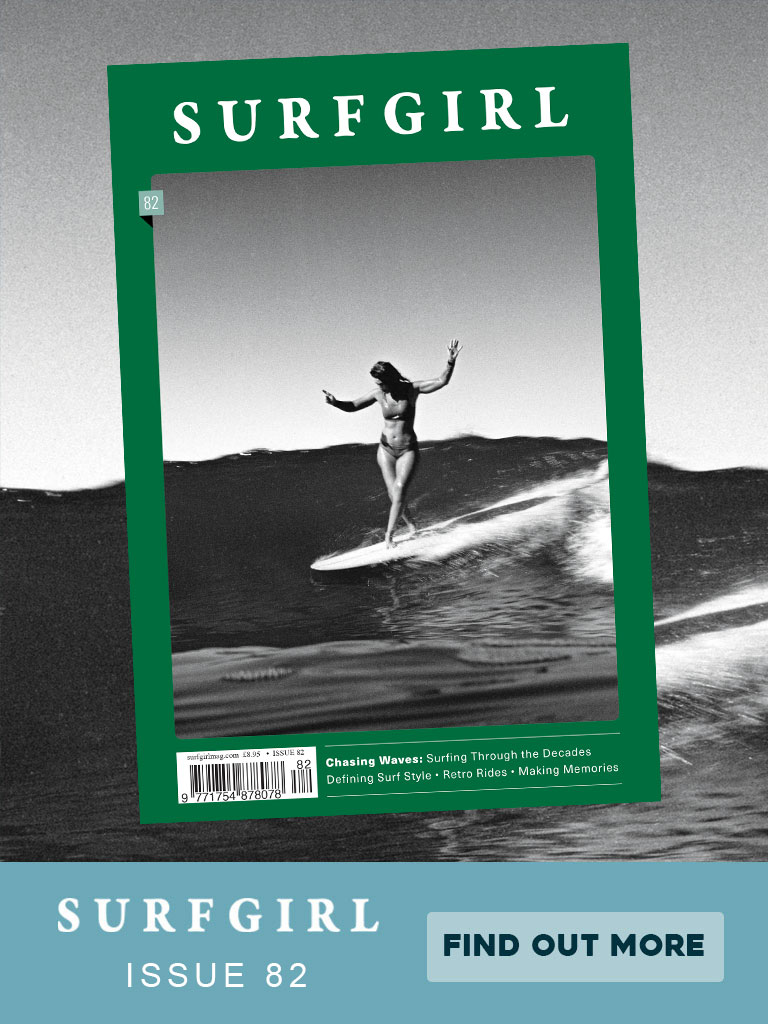Buying the right equipment is essential to a surfer.
Your surfboard and wetsuit are your ticket to ride, so don’t make the wrong choices as it will make your surfing experience a misery instead of a joy. It’s your money, time and sanity at stake so get it right with these top tips. After the learner stage you need to decide if you would prefer to be a longboarder or a shortboarder. You can then progressively up or downsize your boards, however don’t jump straight to one of the extremes, as you will find it very difficult to paddle, handle new speeds and even catch waves. For example if you want to ride shorter boards, downsize from a mini-mal to a fish before hitting your shortboard goal.
Progressing
As you progress upwards from your lonely struggles in the white water and onto the green faces you’re going to want a new board. The fastest way to learn is by gradually reducing the length of your board as your skill and strength increases. Remember jumping straight onto a shortboard is just like jumping into a Formula One car without taking any lessons. Not only will you not be able to handle the speed and manoeuvrability, but you won’t be able to paddle it or catch any waves. Here’s a guide to the boards you need for your ability. After the initial ‘foamy’ learning period, progression should be made onto a minimal or fun board, then a large thruster and finally onto the modern high performance shortboard. Give yourself time to get used to each board before moving onto a shorter model.

The classic first board that has revolutionised the ‘learning to surf’ experience (no more splashing around on your mate’s 5’10”!). Nice and stable with plenty of volume and ideal for getting your confidence in the whitewater, and for taking on your first few unbroken waves. Can be quite cumbersome (and dangerous!) in bigger surf.

Fish are shorter than minimals, but have plenty of that all important volume. They are nice and easy to catch waves on and will turn and get down the line more quickly than a minimal, but have little rocker and a flat bottom shape so can be hard to handle when it gets bigger.

A discipline in its own right, and with as many permutations and combinations as shortboards: from the wafer thin high performance boards to the single fin soul–arch machines. A good choice if you’re moving on from a minimal, but you may be limiting yourself in terms of the days that you can make it out back…

The most common type of board, a ‘shortboard’ isn’t necessarily short. All shortboards have a similar shape though: narrower than their fish and minimal counterparts, and with more rocker. Shortboards are the most versatile type of board and can perform quicker turns and more radical manoeuvres than other boards. You can move from a minimal down to a longer shortboard, and you can have high volume shortboards – a clever shaper can squeeze the volume of a 6’6” shortboard into a 6’0” (often a great ‘step down’ choice).




Whether you’re buying your first board or progressing on to a higher performance board, it can be confusing. Surf shops are full of colourful sleek designs but at this stage it’s vitally important and that you choose your stick sensibly and allow your surfing to develop. It’s no good having a shiny new all singing, dancing board if you sink every time you sit on it! So here are some tips to get you through the murky waters of making a surfboard purchase.
Make sure your new board is the right size.
Let’s assume the board you learnt to surf on was a second-hand funboard or minimal. It’s important not to make too big a jump down in size. Sure you want something more responsive and easier to duck-dive, but if you buy a board with insufficient volume you simply won’t be able paddle into the waves early enough. In other words don’t buy a sexy 6’1” just because it looks cool. (Do you want to be a poser, or do you want to ride waves?) If you’re an average sized girl go for something around 6’6” to 6’8” long, by 19” wide, by 2-3/8” thick. When you’re ready to move onto a super-short high performance board you’ll know it.
Avoid extreme design features.
Simple, clean shapes work in a greater range of conditions than boards with extreme design features such as channels, concaves, wings and so on.
Go surf ya brains out!
At first you’ll probably feel pretty wobbly on your new board, since it’ll be a lot less stable than your old plank. But what you lose in stability, you gain in manoeuvrability. Once you get your feet in the right place and find the ‘sweet spot’, you’ll know you’ve made the right move. Work at your new relationship – it’ll take time to adjust to the new pace of life!











